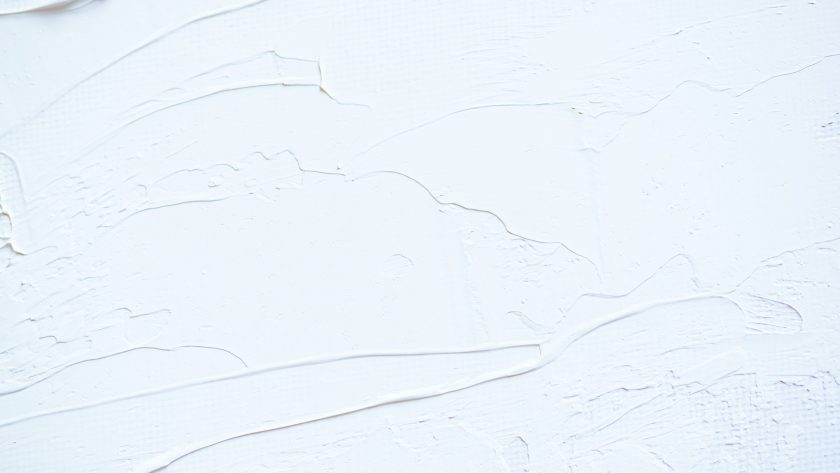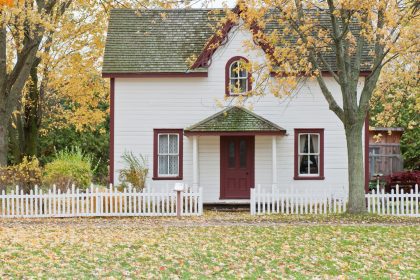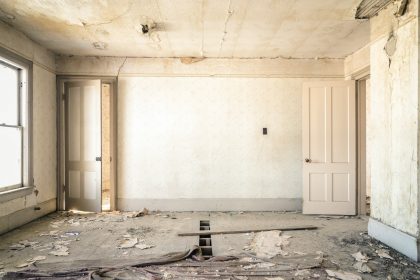If you are like many homeowners who are confused about how to plaster a wall, it’s really not that hard. The skill of DIY plastering tends to be difficult to learn at first but if you put in the effort, you will get the hang of it eventually and can even refinish a wall in your home at will. If you want to know how to plaster a wall, the first thing you will need to know is how to apply it correctly. Plastering a wall is basically applying a layer of plaster over a dry wall. The dry wall must be without any dust or dirt.
To start off, get yourself a bucket of warm water and a sponge. You do not have to purchase a new sponge for this project, just a plain old one will do as long as it is wide enough. Start off by mixing your plaster in a bucket with warm water. Once you have made the mixture, it’s time to move on to the application.
Firstly, you will want to tilt the trowel to the right so that you can easily work from the left side. Keep in mind that you will have to work from the left side and not from right to left. Also, make sure that the bucket is straight and doesn’t tilt at all as you work. Now, tilt the trowel so that it is a bit lower than you are working at the moment. This is important because the plaster that you will apply will not spread very far from where you started.
Next, carefully mix a paste of plaster and sand. This is your wet mix as well as the sand that you need to fine-tune the mixture. Mix these two together until they become a smooth paste and then fill your bucket up with this paste.
Next, take your trowel and work along the walls to apply the paste. Just start at a corner and push the trowel in and out of the wall using moderate to firm pressure. If the plaster starts to drip, it means that you have used too much force. It is important to get a clean coat of plaster onto the wall. You can scrape away any excess paste and then apply the next layer of plaster.
When you are trying to make sure that you smooth out the walls, it is important that you apply your plaster at the same rate that you are walking. For example, if you are walking forward and stop suddenly, the plaster might not be applied at the right rate. Make sure that you walk normally, following an even pace.
Another way of making sure that your wall is smooth and level is to apply a top border. To do this, use your trowel to apply a border around the outside of the wall. Then walk slowly across the top border, trying to level the plaster across the top border.
These are just a few simple plastering techniques that you can use when you are working on walls. Remember that plastering is actually very easy once you learn how to do it correctly. It can be quite time consuming though, which is why you need to make sure that you practice on some spare plasterboard before you try to apply it to real walls. Practice is the key to success with plastering. If you are thinking of doing something different, or trying something new this time, try it for a while first. This way you will know whether or not it is as easy as you thought.




